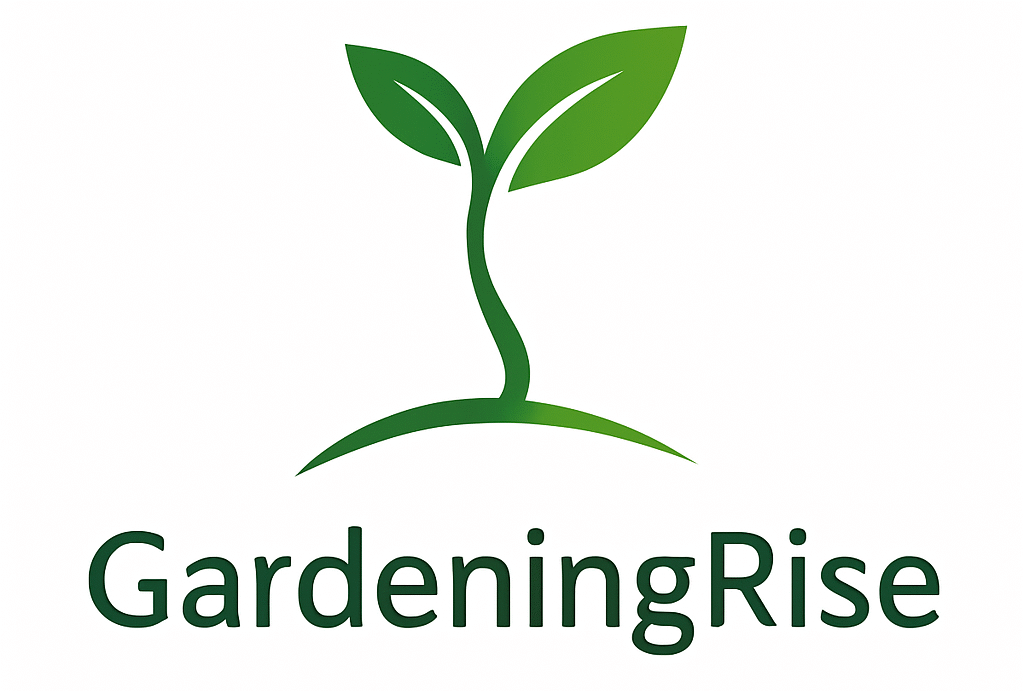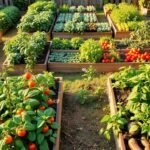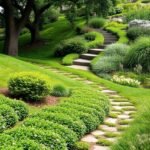Transforming your yard starts with smart design choices that blend practicality with style. Elevated planters offer more than just organized growing areas—they create eye-catching features that refresh your property’s appearance. Whether you’re growing herbs or flowers, these structures keep plants thriving while adding dimension to your landscape.
Customizable designs let you match your home’s architecture or personal taste. From rustic wood finishes to modern metal frames, there’s an option for every outdoor theme. You’ll appreciate how they simplify maintenance while making your greenery stand out.
Beyond aesthetics, these planters improve soil quality and drainage compared to traditional ground plots. They’re perfect for urban settings or uneven terrain, giving you control over your gardening environment. Pair them with strategic lighting or pathways to boost visual interest through every season.
Discover how thoughtful layouts turn functional spaces into artistic displays. With the right approach, your planting area becomes a year-round highlight that neighbors will admire and you’ll love using daily.
Introduction to Raised Garden Beds and Their Impact on Your Outdoor Space

Revamp your property’s layout with versatile, eye-catching planters. These structured growing zones merge practicality with curb appeal, offering fresh ways to organize plants while upgrading your landscape. Whether you’re cultivating tomatoes or tulips, they turn ordinary patches into intentional displays that catch attention.
Elevated planters give your yard clear boundaries and focal points. They work like natural room dividers, carving out distinct garden areas without fences. Even tight corners feel purposeful when framed by crisp edges and lush greenery.
You’ll love how they simplify upkeep. No more bending over weeds or dealing with muddy pathways. The contained soil stays loose and nutrient-rich, helping roots thrive. Plus, you can match materials to your home’s style—think weathered cedar for cottage vibes or sleek metal for modern flair.
These systems shine in any part of your property. Tuck a compact bed beside the front porch for colorful annuals. Line the backyard with tiered planters for herbs and veggies. Every spot gains charm and function, proving that smart design elevates both plants and property value.
Understanding the Benefits of Raised Garden Beds
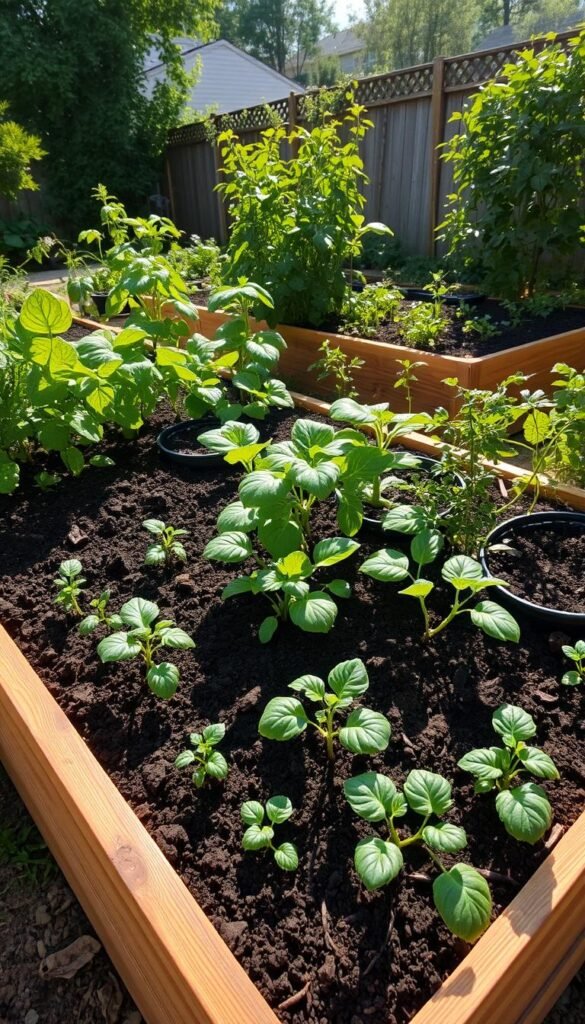
Maximizing your harvest begins with the science-backed advantages of elevated growing spaces. These systems offer practical solutions that address common gardening challenges while boosting plant performance. Let’s explore how they transform your routine and results.
Enhanced Soil Quality and Drainage
You control what goes into your soil mix, letting you tailor nutrients for tomatoes, herbs, or flowers. Unlike ground plots, elevated setups prevent compaction since you never walk on the growing area. This keeps roots oxygenated and strong.
Better drainage means no soggy soil after heavy rains. The National Gardening Association notes:
“Elevated beds warm faster in spring and drain 30% quicker than traditional gardens.”
You’ll plant weeks earlier while avoiding root rot issues.
| Feature | Raised Beds | In-Ground |
|---|---|---|
| Soil Control | Customizable mix | Native soil only |
| Drainage Speed | Fast-draining | Variable |
| Planting Time | 2-4 weeks earlier | Season-dependent |
Ergonomic Advantages for Easy Gardening
Bending over becomes optional with beds set at waist height. This reduces back strain during planting or harvesting—especially helpful if you have mobility concerns. Maintenance feels less like a chore when you’re not kneeling in dirt.
Weeds struggle to invade these contained spaces, saving you hours of pulling. Pair these perks with how to build a raised bed techniques, and you’ll create a low-effort, high-reward system.
Beautiful Raised Garden Beds: Decorative Ideas for a Polished Look
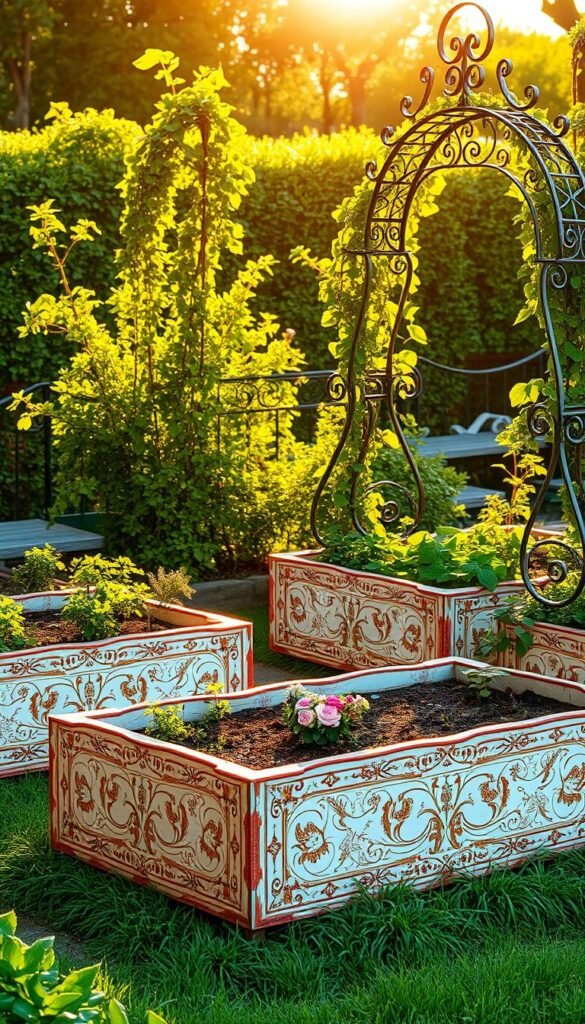
Crafting an inviting outdoor space starts with how you frame your plants. Elevated planters act as living sculptures when their design mirrors your home’s character—think crisp angles for modern rooftops or curved edges for cottage-style yards. This intentional pairing turns functional spaces into extensions of your architecture.
Material choices shape both durability and style. Weathered cedar planks bring rustic warmth, while powder-coated metal offers sleek contrast against greenery. For small patios, try hexagonal or L-shaped layouts that maximize corners without crowding pathways.
Seasonal planning keeps your setup vibrant year-round. Mix evergreen shrubs with low-maintenance flowers that bloom in staggered cycles. One landscaper notes:
“Layering plants by height and bloom time creates depth—like a painting that changes with the months.”
Add personality with built-in benches or copper-edged borders. These details invite interaction while elevating visual flow. You’ll love how twilight LED strips cast soft glows on textured leaves after sunset.
Whether crafting geometric patterns or free-form clusters, let your planters reflect what makes your space uniquely yours. With thoughtful touches, they become cherished landmarks in your daily view.
Selecting the Ideal Materials for Your Raised Garden Bed
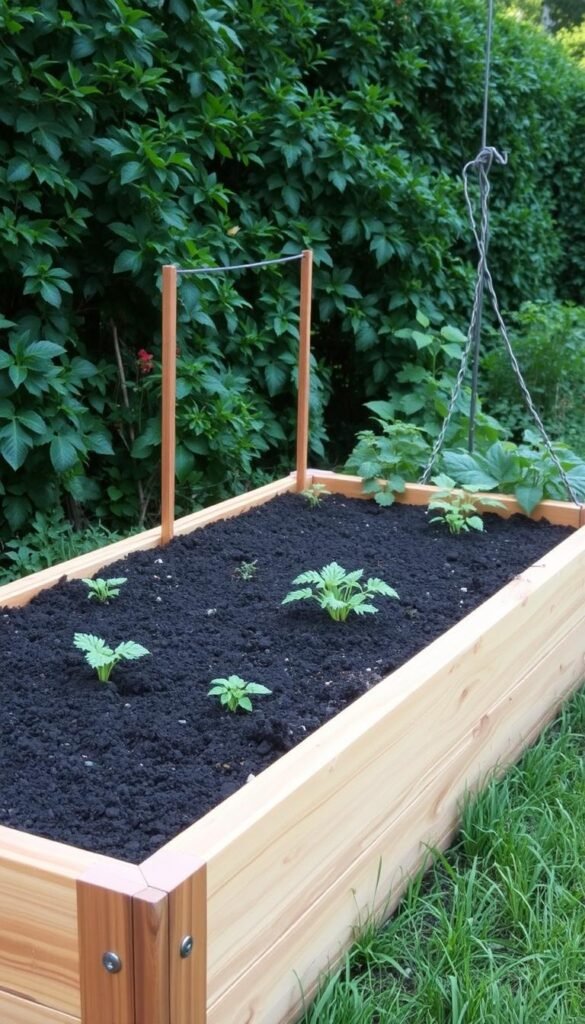
The foundation of a thriving garden lies in materials that endure seasons and style. Prioritize options merging durability with visual appeal to keep your setup functional and attractive for years. Quality choices prevent costly replacements while letting your plants flourish in a stable environment.
Natural, Sustainable, and Durable Options
Cedar remains a top pick for its natural rot resistance and timeless look. Though prices have risen, its longevity makes it cost-effective over decades. One landscaper notes:
“Investing in cedar avoids the frustration of rebuilding warped or decayed structures every few years.”
Consider these alternatives for different needs:
- Reclaimed wood: Eco-friendly charm with rustic character
- Recycled plastic: Weatherproof and low-maintenance
- Local stone: Ideal for humid climates needing drainage
Match your selection to regional weather patterns. Metal frames excel in dry areas, while thicker woods handle moisture better. If you’re building raised beds on a budget, avoid thin plastics or untreated pine—they crack or rot quickly.
Your materials should harmonize with your home’s exterior. Sleek corten steel complements modern rooftops, while brick edges suit traditional landscapes. With thoughtful choices, your planters become enduring assets rather than temporary fixes.
Drawing Inspiration from Traditional and Modern Designs
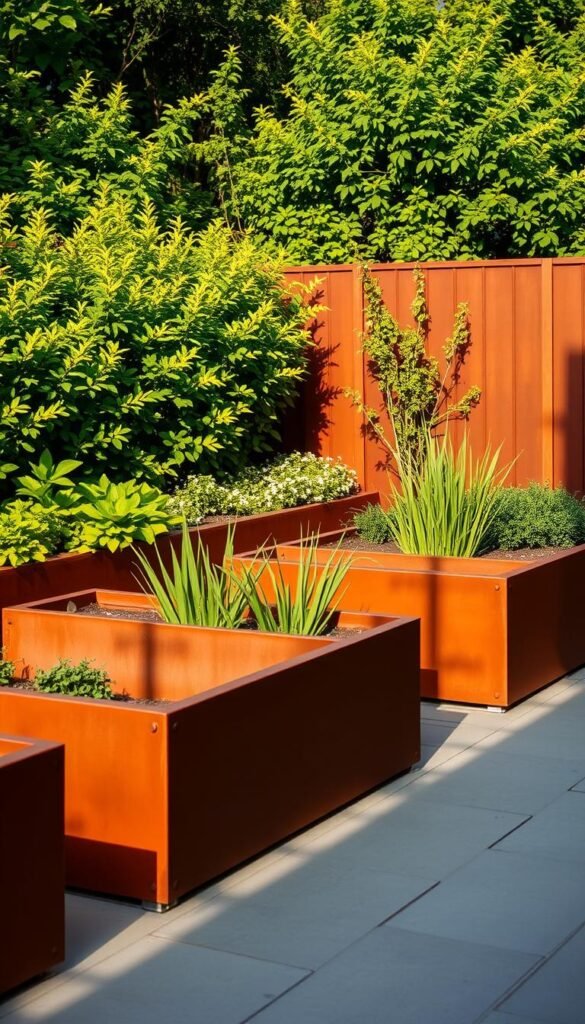
Blend time-honored charm with sleek innovation to craft planters that feel both familiar and fresh. Whether your space leans rustic or minimalist, mixing materials creates depth while keeping functionality front and center.
Exploring Wood, Brick, and Metal Combinations
Pair weathered cedar planks with wrought iron corners for farmhouse appeal. Brick bases add structure to wooden frames, creating defined edges that resist soil erosion. One landscape designer suggests:
“Metal accents modernize organic materials—try copper straps on redwood beds for subtle industrial contrast.”
These blends balance warmth with durability. Stone veneers alongside galvanized steel offer similar contrast, especially in urban settings.
Integrating Corten Steel for Contemporary Flair
Corten steel develops a rust-like patina that complements Mediterranean plants and modern architecture. Its earthy tones soften angular designs while resisting corrosion. Use it for raised garden beds near concrete walkways or stucco walls to elevate your space with a gardening.
This material ages gracefully, unlike untreated metals that may stain. Pair it with vertical wood slats or river rock mulch for textural harmony. You’ll love how morning light plays across its textured surface.
Creative Layouts: From Tiered Structures to Circular Designs
Break free from rectangular grids by exploring dynamic layouts that transform your backyard into a living art piece. Tiered designs stack planting space vertically, letting you grow herbs, flowers, and veggies in compact footprints. This approach works wonders on slopes, where staggered levels prevent soil erosion while creating microclimates for diverse plants.
Circular garden beds create natural gathering spots perfect for flowering shrubs or dwarf fruit trees. One landscaper shares:
“Curved edges soften hardscapes and guide foot traffic organically—ideal for entertaining areas.”
Mix geometric shapes to craft visual rhythm. Hexagons maximize corner space, while triangular planters add directional energy to modern yards. Always leave 24-inch pathways between structures for easy maintenance.
| Layout Type | Best For | Key Benefit |
|---|---|---|
| Tiered | Sloped terrain | Multi-zone planting |
| Circular | Focal points | Social spaces |
| Hexagonal | Small yards | Corner optimization |
Pair raised beds with winding gravel paths or ornamental grasses for texture contrast. Discover more creative gardening ideas that turn functional setups into conversation starters. Your design choices will determine whether visitors see a vegetable patch or an outdoor sanctuary.
Maximizing Your Garden Space in Yards and Patios
Unlock your outdoor potential by reimagining underutilized spaces with smart raised bed solutions. Even a 4’x4′ patio corner can yield herbs, greens, and compact veggies when designed strategically. Vertical stacking systems triple planting area without expanding footprints—perfect for urban settings.
Modular units adapt as your needs evolve. Start with one bed for tomatoes, then add tiered planters for strawberries. One gardener shared:
“Rotating my L-shaped layout each season lets me test sun patterns while keeping pathways clear.”
Consider these space-saving layouts:
| Layout Type | Best For | Key Features |
|---|---|---|
| Vertical Stacking | Balcony gardens | Pocket planters + trellises |
| Corner Units | Small yards | Triangular designs |
| Modular Systems | Changing needs | Interlocking panels |
Use beds as natural dividers between dining and play areas in larger yards. Narrow designs along fences transform wasted strips into productive zones. You’ll love harvesting mint steps from your grill station or snacking on cherry tomatoes while lounging.
Add Practical Features for Enhanced Functionality
Elevate your gardening game by integrating structures that serve both form and function. Vertical elements transform flat planting areas into dynamic spaces while solving common challenges like limited square footage. These additions let you grow plants upward rather than outward—perfect for patios or urban settings.
Smart Support Systems for Climbing Varieties
Teepee-shaped trellises offer playful yet practical support for beans, peas, and flowering vines. As these plants climb, they create living screens that add privacy to your garden. One urban gardener shares:
“My cucumber vines now shade the patio—we get fresh snacks and relief from afternoon sun!”
Choose materials that match your style. Bamboo poles bring organic texture, while powder-coated steel suits modern spaces. Built-in hooks for tools or drip lines keep essentials nearby during maintenance.
| Structure Type | Best Plants | Space Saved |
|---|---|---|
| Arbors | Grapes, roses | 65% ground area |
| Wall Grids | Herbs, strawberries | 80% footprint |
| Freestanding A-Frames | Squash, melons | 50% bed space |
For raised garden setups, attach trellises directly to bed frames. This stabilizes heavy crops like tomatoes while making harvesting easier. You’ll love how vertical planting turns functional supports into artistic features that evolve through seasons.
Enhancing Visual Appeal with Unique Shapes and Curves
Rethink straight edges to unlock your landscape’s full artistic potential. Curved garden beds create flowing lines that feel inviting, blending seamlessly with natural surroundings. Professional landscapers often use these organic forms to soften patios or walkways while boosting curb appeal.
Try Corten steel borders for modern meandering edges. Their warm rust tones contrast beautifully with gravel or mulch, drawing attention to your flowers and shrubs. This material ages gracefully, adding character without overwhelming your design.
Experiment with kidney-shaped layouts or serpentine patterns. These forms turn awkward corners into focal points, especially when following your property’s contours. View them from windows to ensure year-round visual interest.
Curved beds solve practical challenges too. They disguise uneven terrain and create natural traffic flow. Pair them with low-growing herbs or ornamental grasses for textural harmony.
Your garden becomes a living canvas when shapes guide exploration. Let creativity reshape how you interact with outdoor spaces—one graceful curve at a time.
